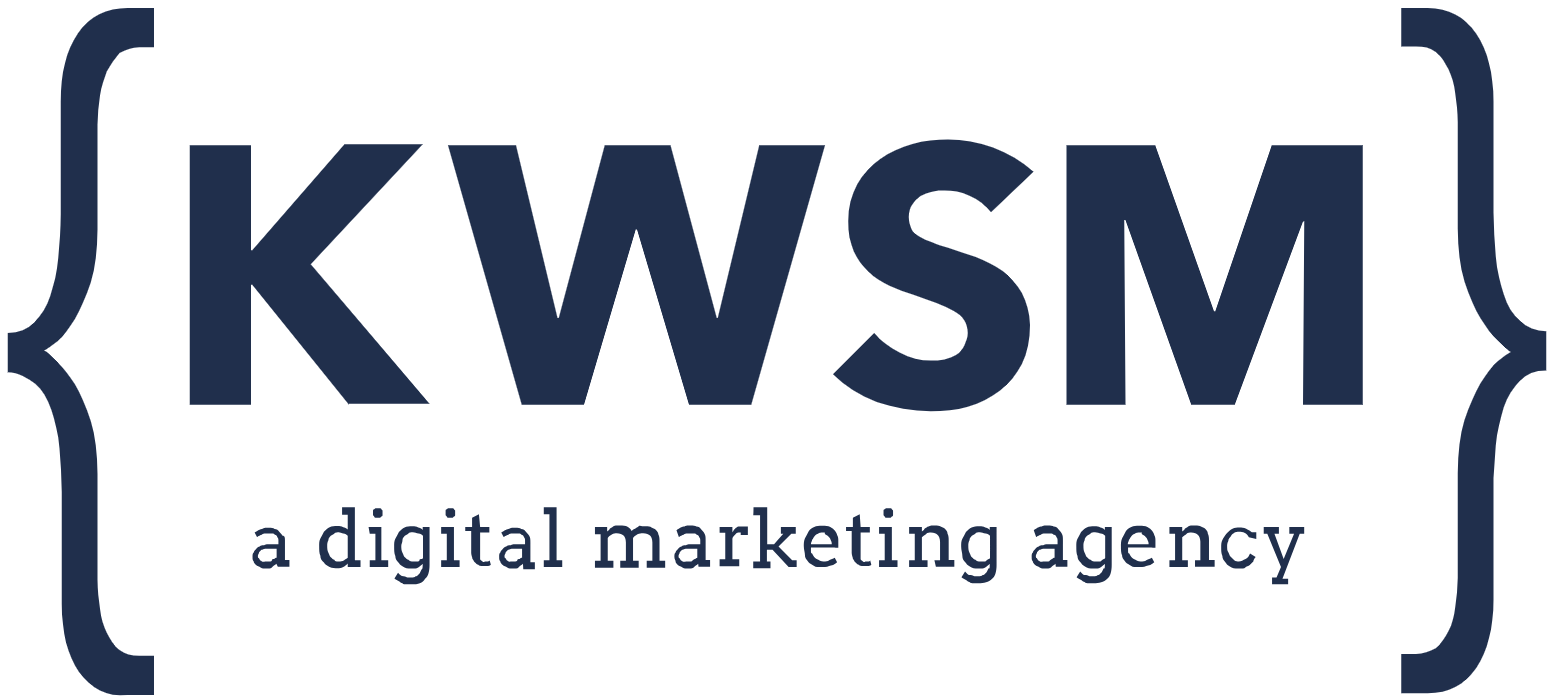According to the Pew Internet Project, a survey conducted by Princeton Survey Research Associates International in January 2011, 54% of adults living with a disability go online. In an effort to make websites more accessible for these people, the U.S. Department of Justice published the Standards of Accessible Design in September 2010. These standards are part of a bigger civil right conversation surrounding discrimination based on disability. The Americans with Disabilities Act (ADA) is a law that aims to prohibit this discrimination.
Recently, there has been a flurry of lawsuits over ADA compliance, with companies being sued because their sites are not accessible for people with disabilities. Making it a growing risk for business owners to not be compliant.
Assessing Your Risk
In the U.S., apart from federal, state, and local government websites which must meet Section 508 regulations, there are no enforceable ADA legal standards to follow for website accessibility. However, just because there is no straightforward set of legal requirements for website accessibility does not mean that your business will not be presented with a lawsuit.
To learn more about the risk, read this article from our partners at Zenyth Group.
What Does It Mean to Have an ADA Compliant Website?
As a business owner, you may have come across the term “ADA compliant,” but may not fully understand what it means and how to properly ensure that your website passes the test.
ADA compliance looks at the way information is being delivered on your website. It takes into consideration how text and images are structured, presented, and marked up. Websites that are in compliance will have code and sounds attached to each element on the site to make them readable to devices for those with disabilities.
For example, people who are blind use assistive technology such as screen reader software (which reads the contents of the page out loud). Your role is to ensure that your text is readable by their assistive technology and that all your website’s images have clear alt-tags so as not to interrupt their experience. Another example would be a person who is hearing impaired; most of the website is accessible for people with hearing impairment, except for video and audio content. So, for those media types, you would need to provide a text alternative, such as captioning or transcription.
When you begin to study all the different resources, such as the HTML 508 Checklist, you will understand how deep the accessible design requirements go. If you are a business that needs to be ADA compliant, your website needs to become accessible for all disabilities – deafness, blindness, mobility impairments, cognitive disabilities (such as dyslexia) etc.
Which Organizations Need to Be ADA Compliant?
Organizations that need to adhere to the ADA standards are classified as commercial and public entities that benefit the public. The ADA standards apply to all electronic information and online technology these organizations have and requires them, by law, to present ‘accessible technology’ to people with disabilities.
Note: Even if you are not legally obligated to make your website accessible, we still encourage you to keep these requirements in mind. You don’t want to run the risk of alienating any potential customers, or finding yourself in a legal battle.
We recommend that you are proactive about reviewing and improving your site to meet ADA compliance standards. If you are interested in completing an audit to know where your website stands currently, please contact us.
15.7 million Americans have either a vision or hearing impairment
Is your website set up to provide these people with the same information that everyone else receives when visiting your website?
CLICK HERE to complete an ADA audit to find out if your site is compliant.












